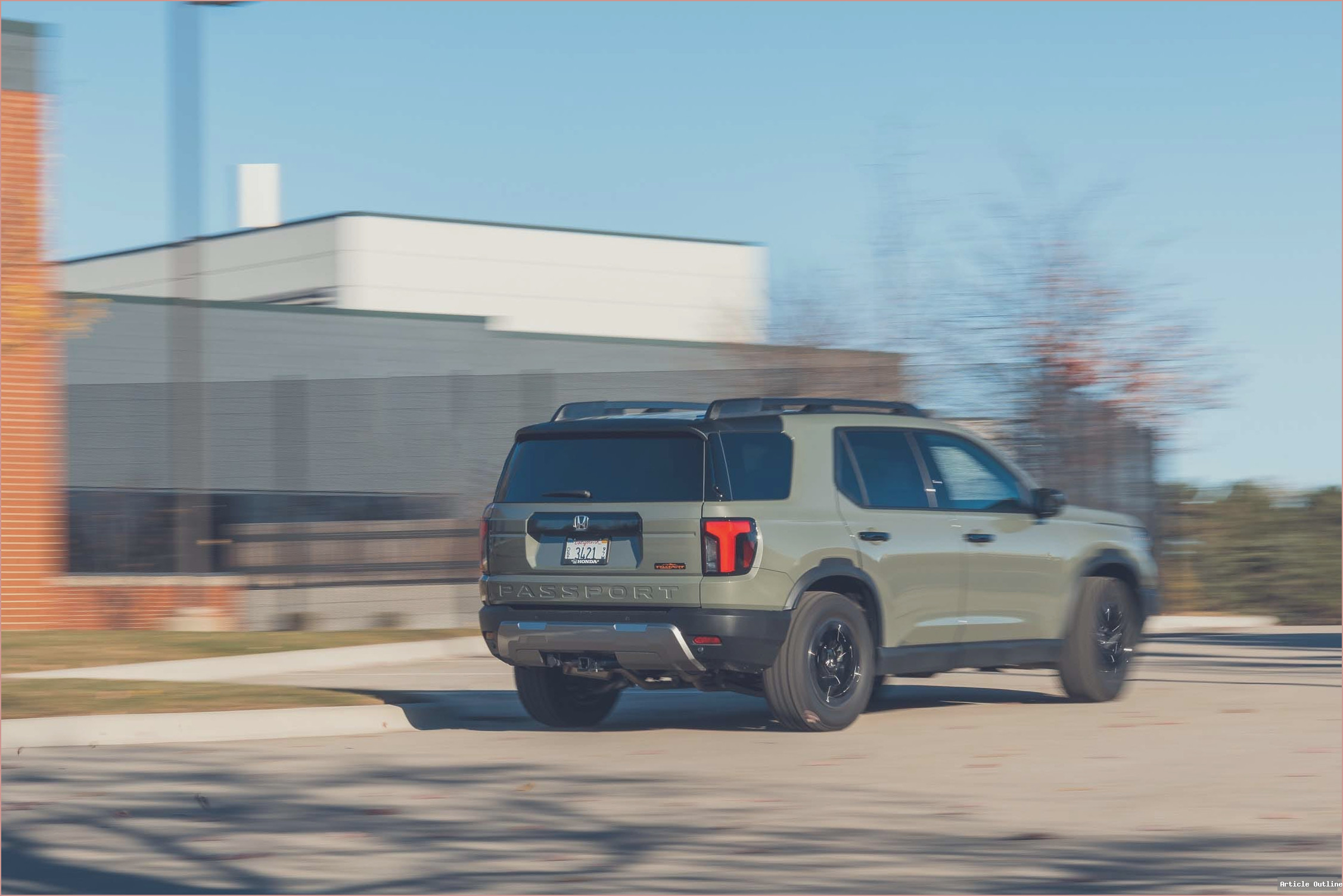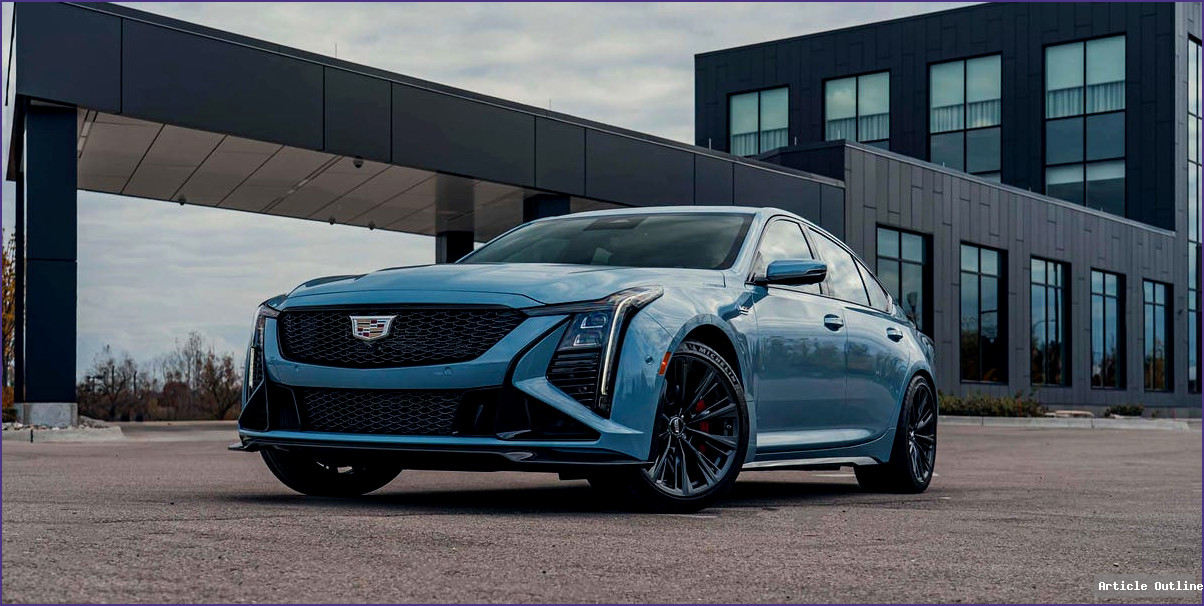When you think of Mercedes-Benz and luxury, the 1984 500SEL sits at the top of the historical pyramid. More than just an opulent cruiser, the 500SEL defined what executive sedans would aspire to for decades, both in design and philosophy.

So why does a car from 1984 still stir up so much reverence among enthusiasts, collectors, and even modern automakers? Let’s dig into the deeper story—and uncover why this V8-powered titan deserves more than just a photo gallery.

Why This Matters
- The 500SEL wasn’t just a luxury car; it was a technological pioneer. Features like anti-lock brakes, self-leveling suspension, and an advanced climate control system were borderline science fiction in the early ’80s.
- It represented the apex of Mercedes’ ‘overengineered’ era, when durability and quality trumped cost-cutting—a philosophy that still echoes in the brand’s reputation today.
- Its long-wheelbase comfort set the benchmark for what CEOs, diplomats, and celebrities would expect from their personal transport.
What Most People Miss
- It wasn’t just about space and a V8: The 500SEL’s 5.0-liter M117 V8 was robust, but paired with a four-speed automatic and subtle, aerodynamic W126 styling, it delivered a quiet, dignified ride at a time when American luxury cars still floated and wallowed.
- The ‘Sonderklasse’ (S-Class) lineage: The 500SEL was part of the first S-Class to truly go global, cementing the S-Class as the world’s luxury standard-bearer. This model made owning a Mercedes as much about engineering integrity as status.
- Residual Value: Fast forward to today—well-kept 500SELs are appreciating rapidly. What was once the mainstay of embassy fleets is now a collector’s darling.
Key Takeaways
- Benchmark Setting: The 500SEL introduced features and build quality that forced other luxury automakers—BMW, Jaguar, Cadillac—to rethink their approach.
- Design That Lasts: The W126 body, designed by Bruno Sacco, is still considered a masterpiece of understated elegance—no garish chrome, no flashy lines, just purposeful presence.
- Cultural Icon: Whether on the Autobahn, in Hollywood movies, or ferrying world leaders, the 500SEL became a symbol of power and taste.
Pros and Cons: 500SEL, Then and Now
- Pros:
- Incredible build quality
- Timeless styling
- Smooth, torquey V8 performance
- Advanced features for its era
- Cons:
- Fuel economy that makes oil barons smile
- Parts and maintenance aren’t cheap (but quality is eternal)
- It’s a big car—urban parking is a nightmare
Timeline: The S-Class Evolution
- 1979: W126 S-Class debuts (380SE/SEL variants)
- 1980: Introduction of advanced safety and luxury features
- 1981: 500SEL is launched, marking the top of the range
- 1984: The 500SEL is the car to have for the global elite
- 1991: W140 S-Class replaces the W126, but the reputation endures
Expert Perspective
“The 500SEL is perhaps the most honest luxury sedan ever built. It pulls off the neat trick of being both stately and subtle—a masterclass in engineering before bean counters took the reins.”
— Classic Mercedes Restorer
The Bottom Line
The 1984 Mercedes-Benz 500SEL isn’t just a time capsule—it’s the gold standard for luxury sedans. It reminds us what happens when automakers prioritize excellence over expedience. Next time you see one glide past, know you’re witnessing a piece of automotive royalty.







































